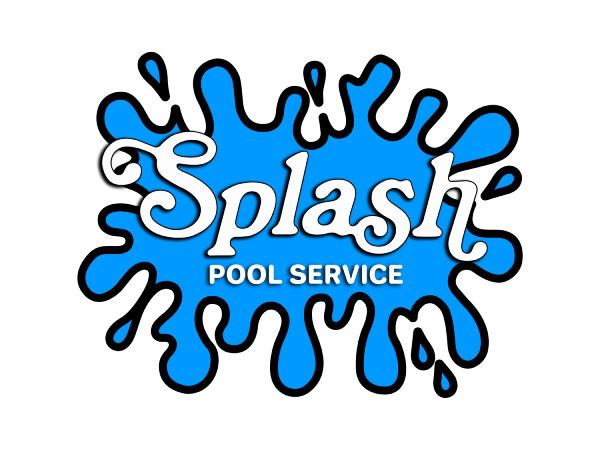If you’ve ever battled stubborn algae in your swimming pool, reaching for a bottle of algicide might seem like the easiest solution. After all, it promises to quickly clear up that unsightly green water, right? While algicide can appear to be a convenient fix, it’s often unnecessary and can actually create more problems than it solves.
What Is Algicide?
In the broadest sense, anything that kills algae can be considered an algicide—this includes chlorine, which is a powerful sanitizer that effectively prevents and eliminates algae in pools. However, when most people refer to “algicide,” they’re usually talking about specific chemical products like quaternary ammonium compounds (quats), polyquats, and ammonia-based algicides. These are the types most commonly sold as “algicide” for pool use.
The Problems with Using Algicide
While algicide may seem like a quick fix for algae, it often creates more problems than it solves:
1. Increased Chlorine Demand: Algicides, including quats, polyquats, and ammonia-based products, can increase your pool’s chlorine demand by triggering reactions that deplete chlorine more quickly. Since algae growth often stems from low chlorine levels, using algicides can actually worsen the very problem you’re trying to solve by further depleting chlorine levels. This makes it harder to maintain the proper chlorine levels needed for effective pool sanitization.
2. False Sense of Security: While algicide may clear up visible algae, it doesn’t address the presence of bacteria and other pathogens. This can give you the illusion that your pool is safe because it looks clean, but without enough chlorine, the water may still harbor harmful contaminants. Simply put, algae-free water isn’t always safe water.
3. Does Not Address the Root Cause: The main reason algae appear in pools is low sanitizer levels, particularly chlorine, or a damaged or improperly working filtration system. Algicides deal with the visible symptoms—algae—without fixing the underlying issue. As a result, algae can quickly return, and your pool water might still be unsafe for swimming.
Sanitization and Filtration Should Be Your Focus
The key to keeping algae away is simple: chlorine kills the algae, and the filter removes it. Chlorine doesn’t just kill algae—it sanitizes your water, protecting swimmers from harmful bacteria and other microorganisms. When chemical and chlorine levels are maintained correctly, along with a properly functioning filtration system, algae can’t thrive, and your pool remains clean and safe.
Instead of relying on algicide, focus on the basics. Proper pool chemistry, paired with a well-functioning filtration system, is your best defense against algae and other water quality issues.
Conclusion
When it comes to pool maintenance, algicide often causes more problems than it solves. While it may temporarily clear algae, it increases chlorine demand, making it harder to maintain the proper sanitization that is key to a clean and safe pool. The most important step you can take to prevent algae is to never let your chlorine levels get too low. Instead of using algicide, focus on regular testing, proper chlorine levels, and effective filtration. These strategies will prevent algae growth in the first place and keep your pool healthy and enjoyable all season long. It’s important to be aware of these side effects that make algicides not recommended by many pool professionals.
